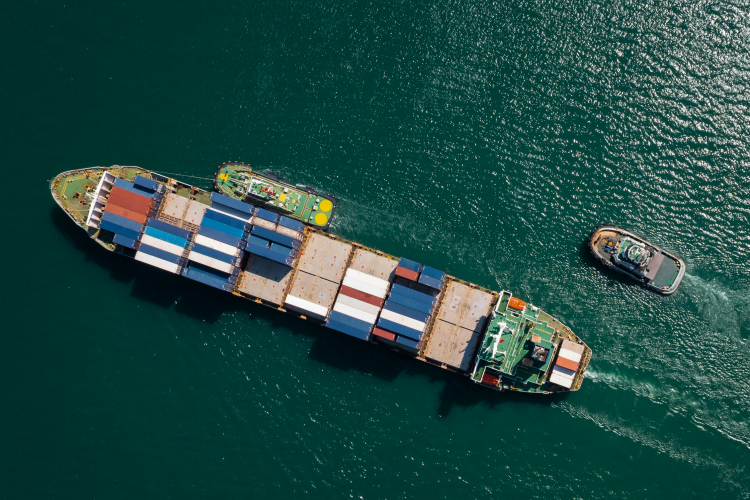
The global maritime industry is a critical driver of international trade, with various sectors playing significant roles. Among these, the dry bulk maritime industry is responsible for transporting vast quantities of commodities, including coal, iron ore, grains, and other raw materials. As we move forward, this vital industry is poised for significant evolution, driven by various factors that will shape its future. In this ChartDesk blog, we will explore some key trends and developments that are likely to shape the evolution of the dry bulk maritime industry. We care about this, since collaboration through shared Mailboxes seem to remain a standard process, no matter the industry trends.
1. Digitalization and Automation
The advent of digital technologies and automation is transforming various industries, and the dry bulk maritime sector is no exception. Automation systems, including autonomous vessels and remote monitoring technologies, will lead to improved safety, efficiency, and operational effectiveness. These technologies will enable real-time data collection, predictive maintenance, and optimization of cargo loading, reducing costs and enhancing overall performance. Furthermore, the integration of blockchain technology can streamline documentation processes and enhance transparency in supply chain management. ChartDesk is playing its own role in Digitalization and Automation of the Dry Bulk Industry.
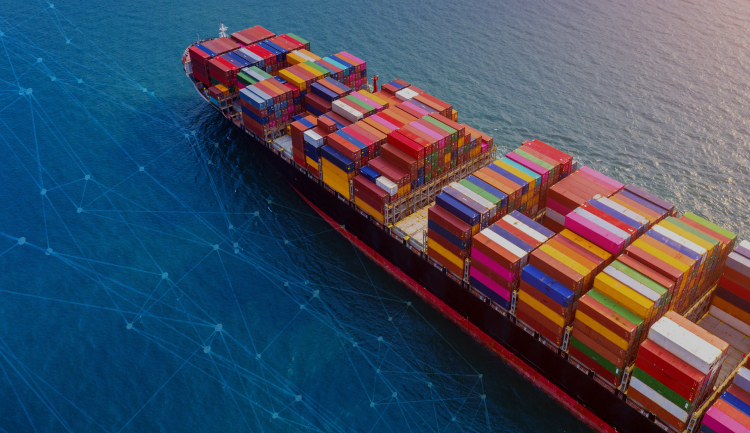
2. Sustainability and Environmental Concerns:
In recent years, there has been a growing emphasis on sustainability and environmental responsibility across industries. The dry bulk maritime industry is also being pushed to adapt and evolve in response to these concerns. Stricter environmental regulations, such as the International Maritime Organization’s (IMO) sulfur emissions cap and the push towards decarbonization, will drive the industry towards cleaner and more sustainable practices. This may lead to the adoption of alternative fuels, such as LNG (liquefied natural gas), biofuels, and even hydrogen, as well as the implementation of energy-efficient technologies.
3. Shifts in Global Trade Patterns
The dry bulk maritime industry is closely tied to global trade patterns and economic developments. As emerging economies continue to grow and industrialize, there will be an increased demand for raw materials, including iron ore and coal. Simultaneously, evolving geopolitical dynamics and trade disputes may result in shifts in trade routes and patterns. The industry will need to adapt to these changes, explore new markets, and optimize transportation routes to remain competitive. Stay connected with the International Maritime Organization (IMO) for more great insight.
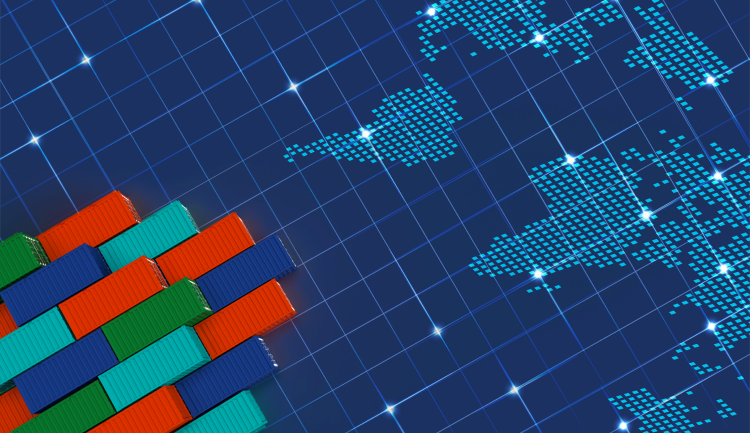
4. Integration of Artificial Intelligence and Big Data Analytics
The dry bulk maritime industry generates vast amounts of data from various sources, including vessel sensors, weather data, and market trends. By leveraging artificial intelligence (AI) and big data analytics, industry players can gain valuable insights to enhance decision-making processes. Predictive analytics can optimize vessel scheduling, route planning, and cargo handling, improving efficiency and reducing operational costs. AI-powered predictive maintenance can also help prevent breakdowns and minimize downtime, ensuring smooth operations.
5. Infrastructure Development and Port Efficiency
Efficient and well-maintained ports are vital for the smooth functioning of the dry bulk maritime industry. Infrastructure development projects, including port expansions, dredging, and improved cargo-handling facilities, will enhance operational efficiency and reduce turnaround times. Additionally, the implementation of digital platforms and systems for seamless coordination and communication among various stakeholders, including ports, shipping companies, and traders, will streamline operations and reduce administrative bottlenecks.

Our Take
The dry bulk maritime industry is on the brink of significant evolution, driven by technological advancements, sustainability concerns, changing trade patterns, and the integration of data-driven decision-making processes. As digitalization, automation, and sustainability take center stage, industry players must adapt to remain competitive and environmentally responsible. Embracing emerging technologies such as ChartDesk, optimizing trade routes, and improving port infrastructure will be key factors in navigating the future of the dry bulk maritime industry. By proactively addressing these trends, the industry can ensure its continued growth, efficiency, and contribution to global trade.
About ChartDesk
ChartDesk shared mailboxes are virtual mailboxes that allow multiple people to access, view, and manage emails from a single account. This feature enables teams to collaborate more easily, as they can all access the same emails and reply to them as needed. ChartDesk shared mailboxes also provide users with a more secure way to store and share email data, as all emails are encrypted before they are sent. ChartDesk is on the Cloud.
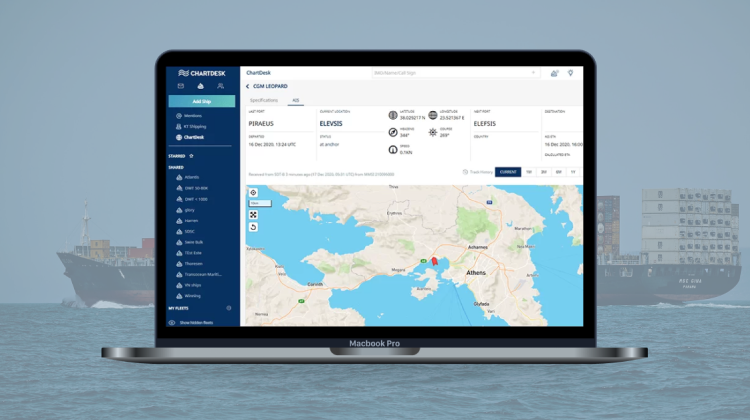

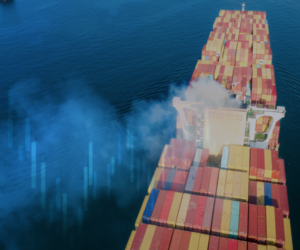



Leave a reply